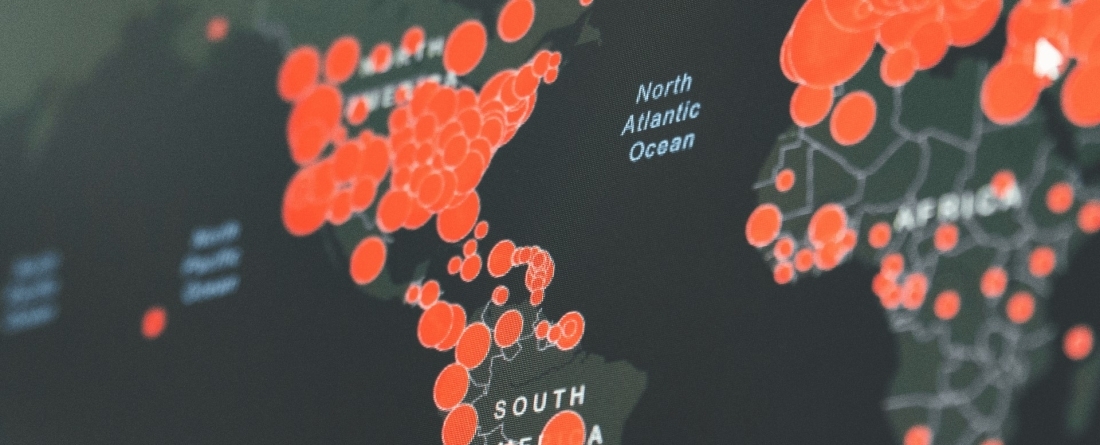
Amidst the COVID-19 pandemic, the World Health Organization (WHO) adopted a new approach to international travel and trade measures, departing from its usual handling of Public Health Emergencies of International Concern (PHEICs). Their response exemplified how difficult it was to navigate the unprecedented nature of COVID-19 – even for an organization used to responding to global health emergencies. In contrast to advice during past major outbreaks, the WHO advised countries that certain measures targeting international travel (such as entry restrictions, flight suspensions and quarantines) could help to combat the spread of the COVID-19 virus. This shift in strategy may have been necessitated by the unparalleled scale and severity of the pandemic, which presented a formidable challenge to conventional beliefs and practices. However, the WHO's guidance during all PHEICs, including COVID-19, encountered issues of clarity and consistency, making it difficult for countries to interpret and act upon.
Recognizing the pressing need to address these challenges and after undertaking extensive research, University of Maryland School of Public Policy Assistant Professor Catherine Worsnop was the lead author of a publication in the journal BMJ Global Health. The article, “An analysis of WHO’s Temporary Recommendations on international travel and trade measures during Public Health Emergencies of International Concern,” co-authored with Samuel Nass MPP ’23 and colleagues from the Pandemics and Borders project, thoroughly examines the WHO’s guidance both within and across outbreaks, shedding light on the resulting confusion about recommended measures.
COVID-19 was the first time that WHO recommended to countries that certain international border measures on incoming travel could help to control spread.Catherine Z. Worsnop
“COVID-19 was the first time that WHO recommended to countries that certain international border measures on incoming travel could help to control spread,” recounts Worsnop. “During other PHEICs, WHO has cautioned against the use of these measures, in line with its longstanding view that outbreaks should be contained at their source rather than at international borders.”
The WHO provides guidance through various different channels, such as official documents and press conferences. But the guidance is not always consistent or clearly explained. “Our analysis … finds that the guidance is unclear and inconsistent both within and across outbreaks. It is therefore difficult to tell which measures are being recommended or not, under which circumstances, and why,” shares Worsnop.
To improve future responses to global health emergencies, Worsnop recommends that the WHO focus on defining language in their guidance, providing clear rationales for their recommendations, maintaining consistent messages across channels, and establishing conditions for issuing or updating guidance during outbreaks. These issues are especially important as countries negotiate new global agreements on pandemics and outbreak prevention and response and consider WHO’s role in health emergencies going forward.
During the COVID-19 pandemic, many countries deviated from the WHO's initial recommendations and implemented their own measures, partly due to the WHO's limited power to enforce guidance and domestic politics driving government decisions. However, the lack of clarity and inconsistency in the guidance coming from the WHO that Worsnop and co-authors identify may have also played a role.
The small team at the WHO responsible for international travel and trade measures faced a daunting task, especially as they had to monitor and respond to tens of thousands of measures adopted by countries worldwide. “Monitoring countries' actions and making sense of them in real time, amid an evolving global pandemic, was a monumental challenge,” underscores Worsnop. As such, the analysis aimed to support the organization rather than criticize it. The WHO worked diligently to respond to the rapidly evolving global crisis and the contested evidence on the effectiveness of international travel and trade measures.
The analysis underscores the need for actionable guidance from the WHO during crises like COVID-19, where evidence around policy interventions may be uncertain and the context is rapidly shifting. Addressing the clarity and consistency issues in the WHO's guidance is crucial to ensure a coordinated global response to future health emergencies.



